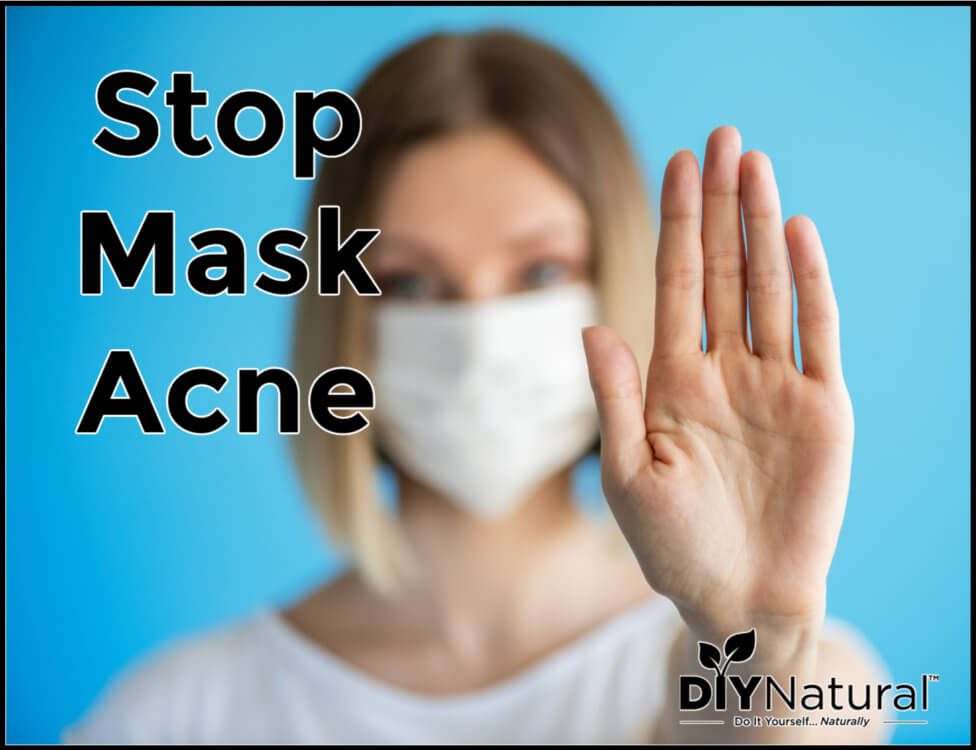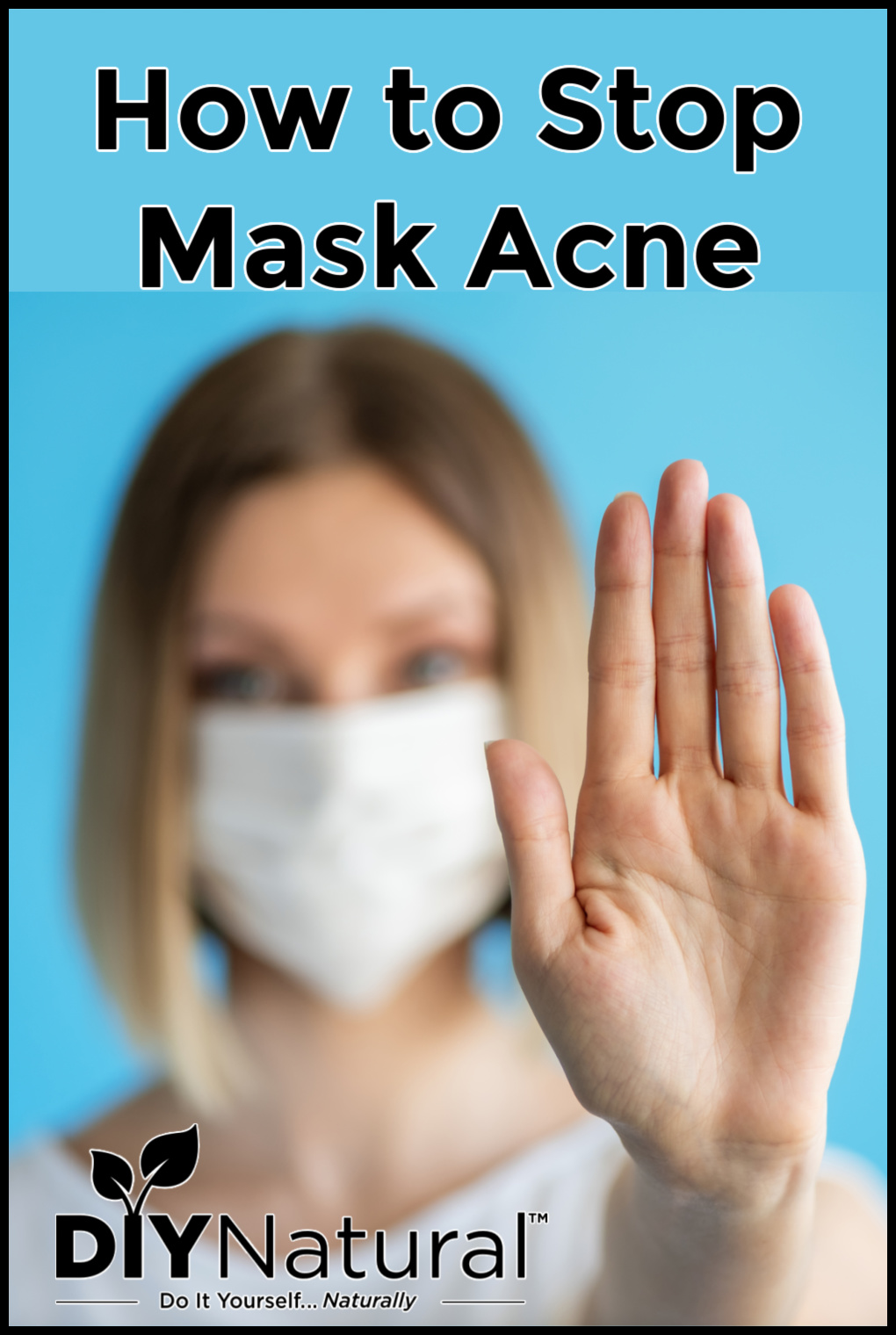
These 3 simple steps teach you how to get rid of mask acne and prevent it from coming back! Plus a simple spot treatment for existing acne.
I never thought wearing a mask would be something I did on a weekly or even daily basis, but it has just become a part of my everyday life now.
There is only one thing I am still struggling with: mask acne! I thought acne was something I had left in my 20s, but here it is again. Every time I think I have it under control, a new blemish pops up!
In this post, I’ll share three things that have significantly helped my mask acne. They are easy, straightforward, and have helped my skin recover quite nicely! All of these tips can easily be incorporated into your daily routine to give you glowing results.
Get Rid of Mask Acne by Washing Your Mask Daily
It seems like a no-brainer, right? However, at the end of the day, the last thing I think to do is wash my mask. It is generally hiding at the bottom of my purse or on the dashboard of my car.
However, masks accumulate quite a bit of dirt and bacteria from hanging around everyday surfaces and from coming in contact with skin. That means it’s important to wash it every day to prevent yesterday’s grime from rubbing on today’s fresh face.
But how should you wash your mask?
Some say soap and water, some even machine wash, but my favorite way is to boil my mask. It’s quick, requires just water, and really does get rid of bacteria! It is also particularly helpful with sensitive skin that may be irritated by soaps or detergents used to clean face masks.
Dr. Annie Pryor from Dr. Annie’s Experiments tested several different methods and the results of her experiments can be found here.
I recommend rotating between two (or more) clean masks, that way you can air dry them.
Get Rid of Mask Acne by Storing Your Mask Properly
Once you have a clean mask, it’s important to store it properly to avoid germs and bacteria.
I generally let my mask air dry, then I store clean masks in a sterilized glass jar. A plastic bag will also work. Only handle masks by the straps, with clean hands to prevent the transfer of germs.
Have a Good Skincare Routine
A good skincare routine is foundational for healthy skin. It all starts with a gentle face cleanser. Depending on your skin type, that could be a nourishing face wash, or depending on your skin type, oil cleansing with this gentle Gentle and Effective Homemade Face Cleanser.
If you use a soap-based face wash, be sure to replace beneficial skin oil with a natural moisturizer. Try one of these Top 5 Oils to Use in Your DIY Face Care Routine.
Another step that is often forgotten is exfoliation! Gently exfoliate the face once a week or once every two weeks to help remove dead skin cells, promote healing, and help get rid of mask acne.
Spot Treat Mask Acne As Needed
While prevention is key, sometimes you just can’t avoid a blemish or two. When this happens, use a spot treatment to help reduce redness and size.
One of my favorite spot treatments for acne is super easy! It takes just two ingredients and can be ready in minutes.
You will need:
- 1 teaspoon pure aloe Vera gel
- 3 drops Tea Tree (melaleuca alternafolia) essential oil
Simply mix the two in a small bowl and apply to blemishes with clean hands. You can do this in the morning or evening daily until the blemishes have diminished.
I would store the mixture in the refrigerator for up to 24 hours if you are planning to save it for later use. Discard the remaining after one day.
Now you know how to get rid of mask acne and prevent it from coming back!
*******



